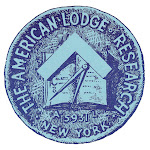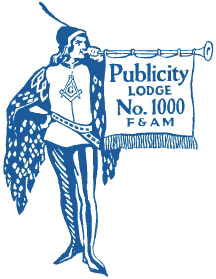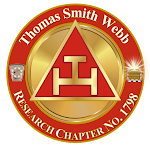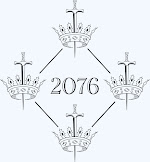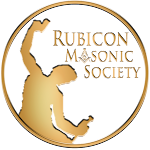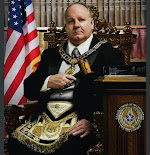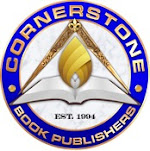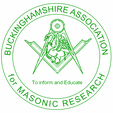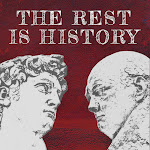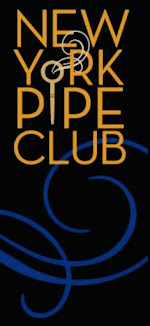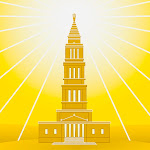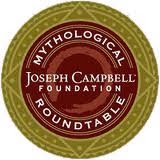A Masonic achievement award named for a smoking implement is bound to catch my attention, and now there is a book on the Silver Matchbox. I don’t know the origin of the name—guess I’ll have to read the book—but it must have more to do with spreading Light than with smoking our pipes and cigars after the post-meeting hearty meal. It is awarded by Emulation Lodge of Improvement to those who demonstrate prowess in working Emulation ritual. From the publicity:
Given by the Emulation Lodge of Improvement as an award for the performance of word-perfect ceremony from the Chair without standing in need of prompting or correction, the Silver Matchbox commemorates a feat requiring perfect memory, exemplary performance, and ritual ability.
Often viewed as a Gold Medal or Black Belt in Freemasonry, the Silver Matchbox is considered by many to be the mark of highest ability in the Craft. In order to achieve full mark of excellence termed as a “complete record,” one must work the ceremonies Entered Apprentice, Fellow Craft, Master Mason, and the Installation without any mistakes in either words or action.
Written by Tony Henley, himself a Silver Matchbox holder (with a complete record too!), this book is a fascinating guide to Masonry, ritual, and memory.
Highlights include:
- The origins and evolution of the Emulation Ritual
- The history of the Silver Matchbox Award
- Discover the holders of the award past and present
- Matchbox Methods: memory techniques, rehearsal methods, and performance advice
- Information on the ritual awards in the Mark, Royal Arch, and Royal Ark Mariners
Filled with interesting facts, figures, trivia, and oddities. Hardback. Beautifully hand embossed.
Bro. Tony Henley was born in Lambeth, London in 1960, growing up on the inner-city streets of the Lambeth Walk. As a youth he enjoyed football, playing three times for Chelsea juniors in 1970–even being booked for a rough tackle in a match by non-other than the legendary Ron “Chopper” Harris, who told him “What a great tackle lad, but I have to book you!”
As a teenager, Tony was fascinated by engines; after school, he worked in a motorbike shop in Lambeth. On leaving school, he went straight into a motor bike trade, repairing motor bikes, and gained his apprenticeship working on Hondas. In 1976, he became a postman in Southwest London, progressing to a Postman Higher Grade in 1978. In 1980 he was promoted to an acting-inspector management role in a Royal Mail delivery office, then to a Postal Executive in 1984. He gained promotion again in 1990 to running Delivery offices across Southeast London. During this period, Tony led and implemented many projects across the area. In 2000, Tony was further promoted to an Area Performance Analysis Manager until early retirement in 2005.
He then took up a role with Kent County Council, looking after the postal services until 2010. Tony became a Freemason in 1994, being initiated into Wallwood Lodge 5143 in London, raised in May 1995, and taking the Chair in 1998.
He was immediately bitten by the ritual bug as the lodge has a long tradition working Emulation ritual. He became a member of the Emulation Lodge of Improvement in May 1995 and gained his Emulation Silver Matchbox for the First Degree in 1995, attained the Second Degree in 1996, the Third Degree in 1997, and the Ceremony of Installation in 1999 for a Complete Record on his Matchbox.
In 1998, he was approved by the Emulation Committee as an officially approved Preceptor of Emulation ritual, and he took over the Preceptorship of Kirby Lodge of Instruction 263 in London, a role he held until 2013. He has guided nine other brethren to their own Silver Matchbox awards, but more importantly gave advice and guidance to brethren who just wanted to improve their own ritual skills.
Tony also works the Grand Stewards Lodge lectures–often referred to as the Emulation lectures—and has demonstrated these at lodges on request. He joined the premier Emulation working Kirby Lodge 2818 in London in 1996, and is a holder of London Grand Rank.
He was exalted into the Holy Royal Arch in 1996 and holds Senior London Grand Chapter Rank. He has written two other masonic publications: 75 years of Wallwood Lodge No. 5143 and A Centenary Celebration of Cheerybles Chapter No. 2466. Tony also has had articles printed in The Square magazine.
He was the Centenary Preceptor of the Empress Preceptory London, gaining London Bodyguard status. He was also a member of SRIA Metropolitan College London, gaining his 5°. Tony hold Rose Croix status in the Martinist and Élus Coëns orders, and is always exploring an esoteric path including Gnosticism and Hermeticism. He has written and presented many esoteric papers on initiation and symbolism.
He was appointed a Magistrate in 1998 and was a Town Councillor. He has been a volunteer worker for the Marie Currie Cancer shop in Dartford for twenty years.
The Silver Matchbox is available from Lewis Masonic for £16, and £10 for the ebook (Glassboxx).







